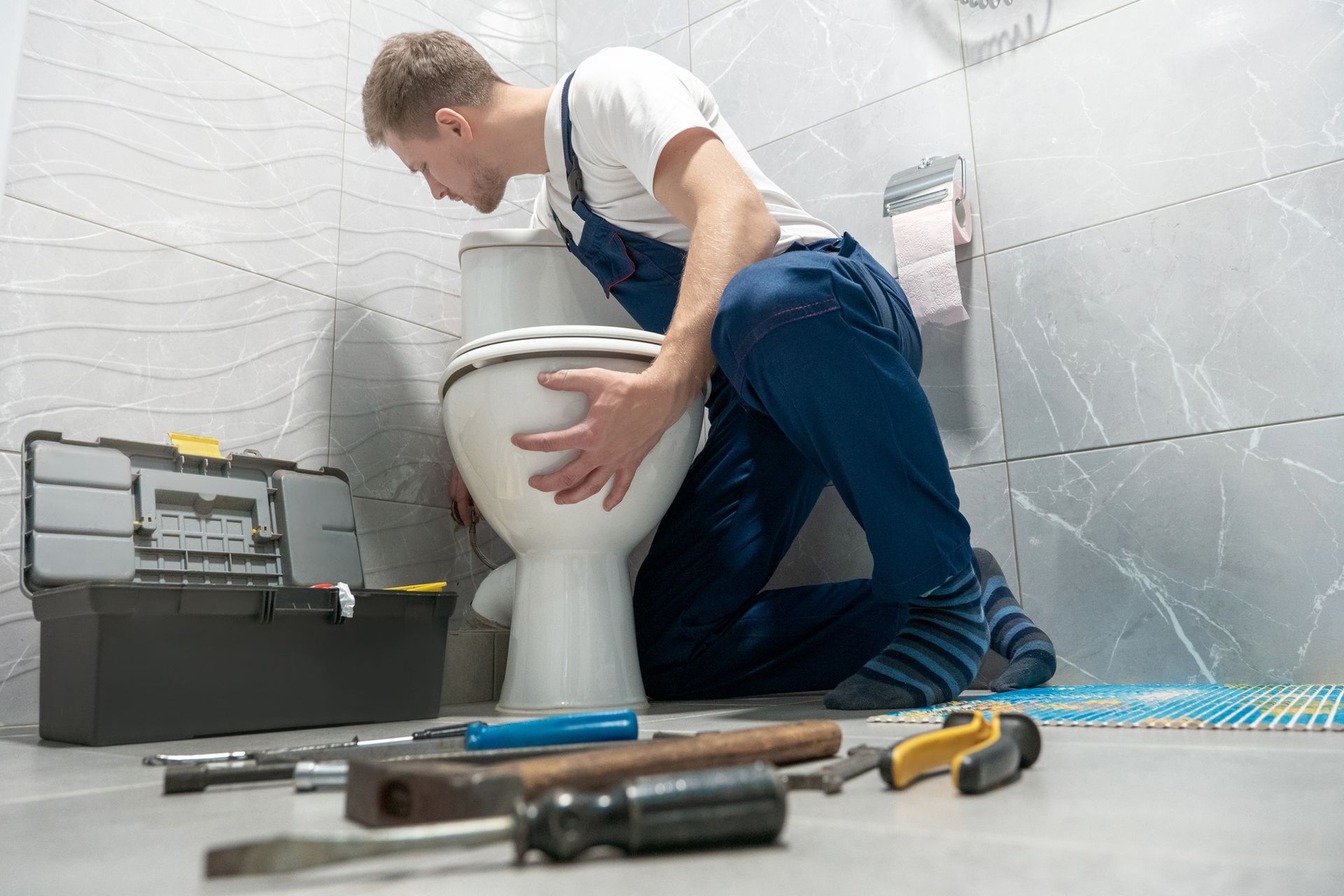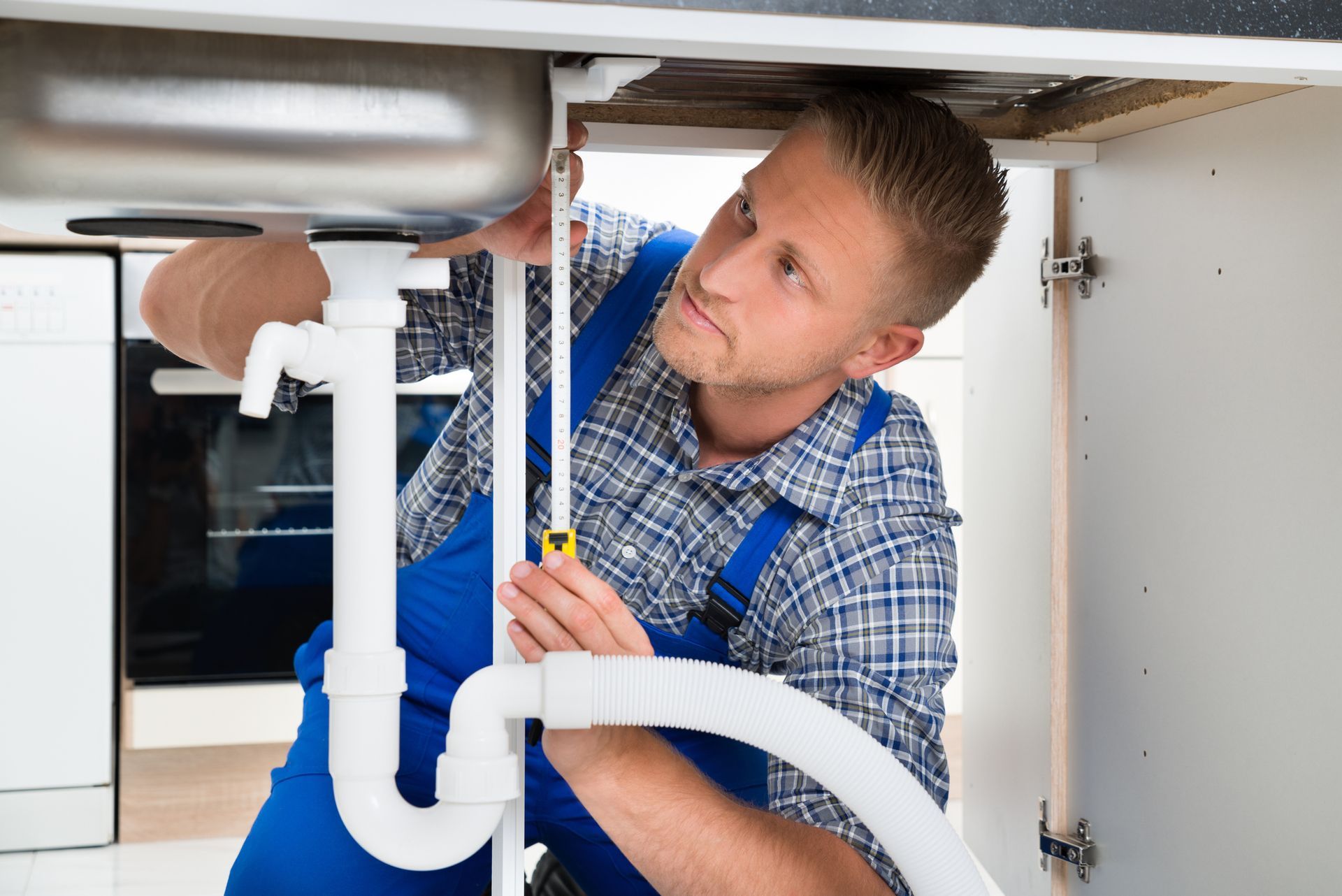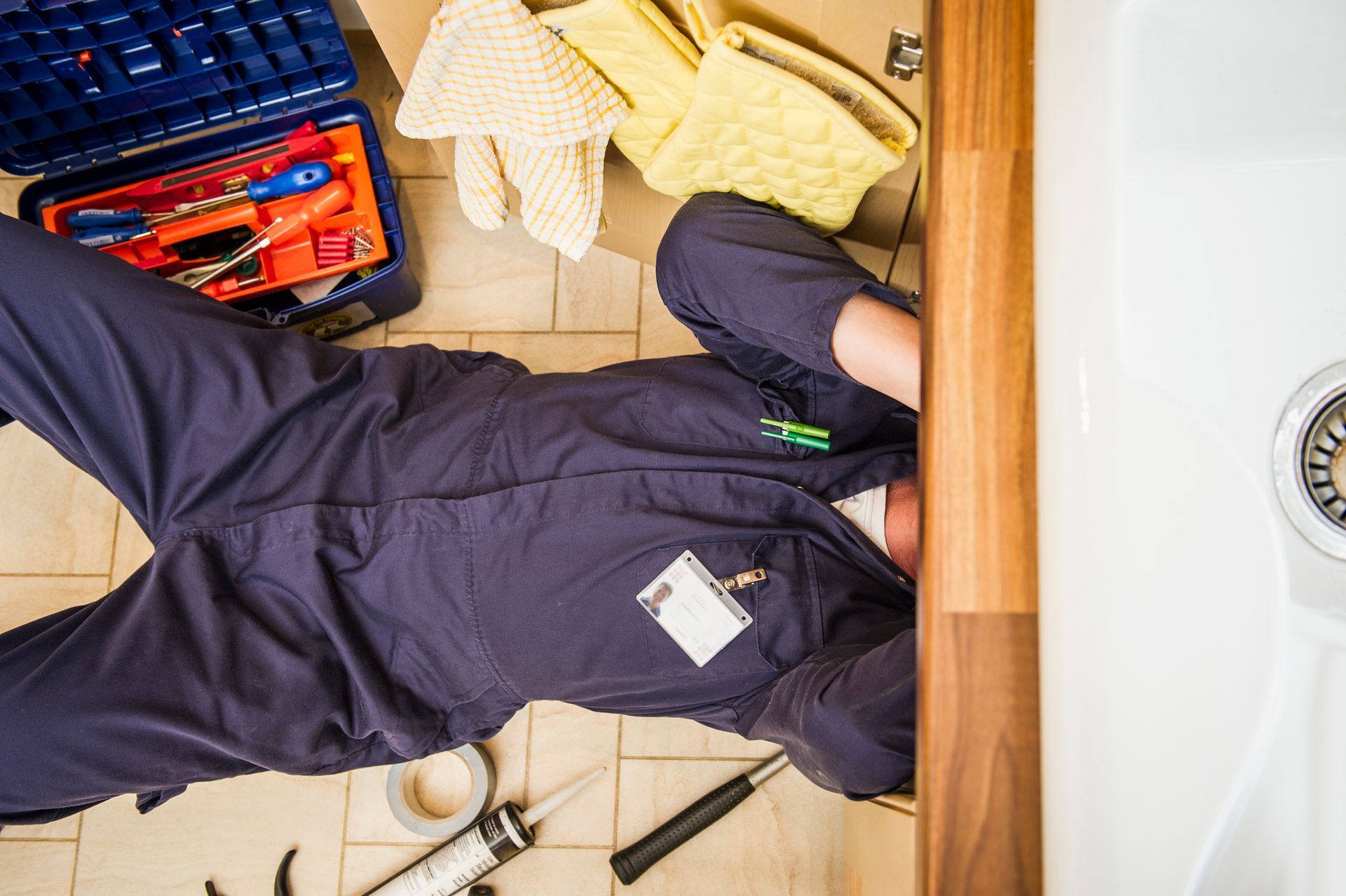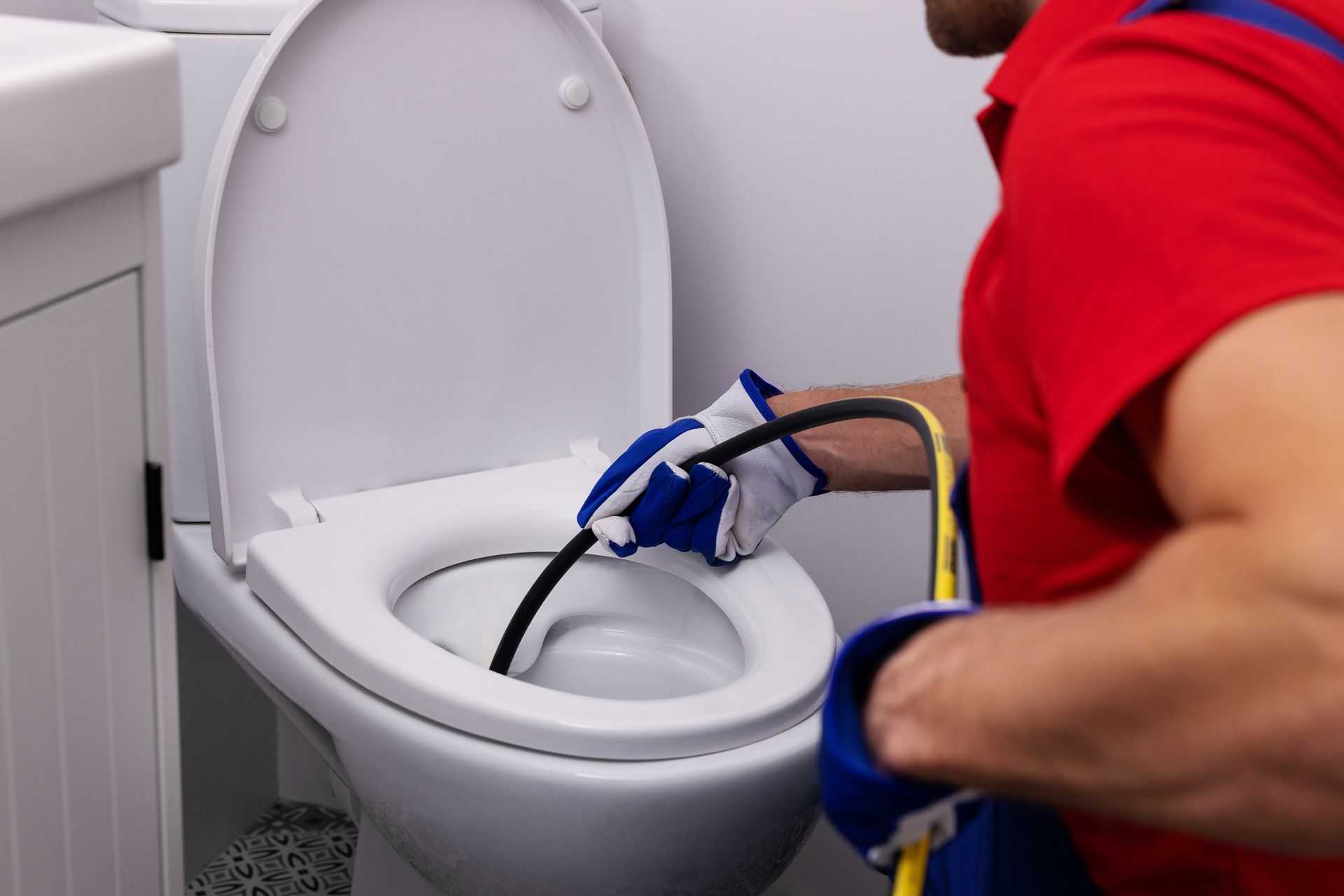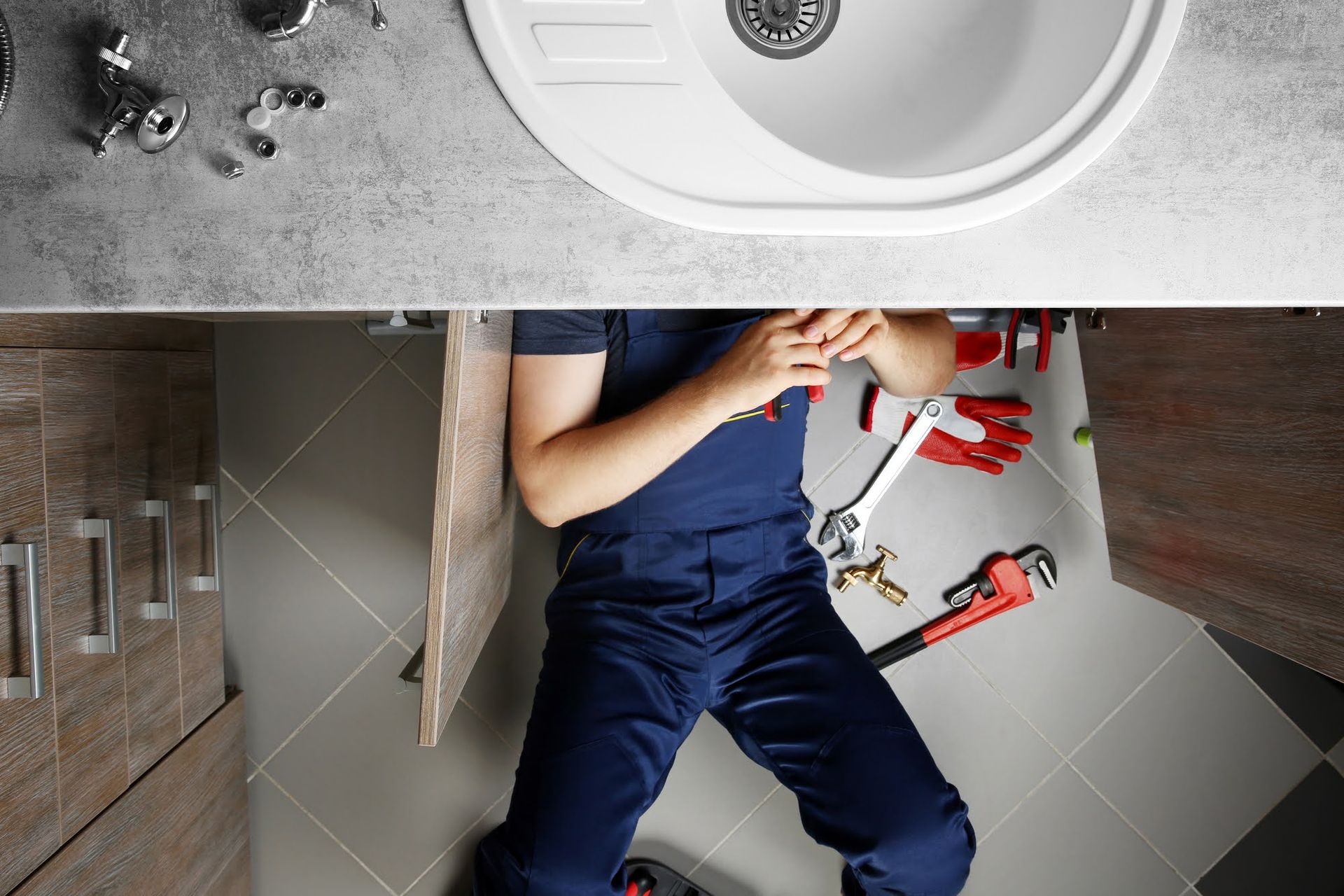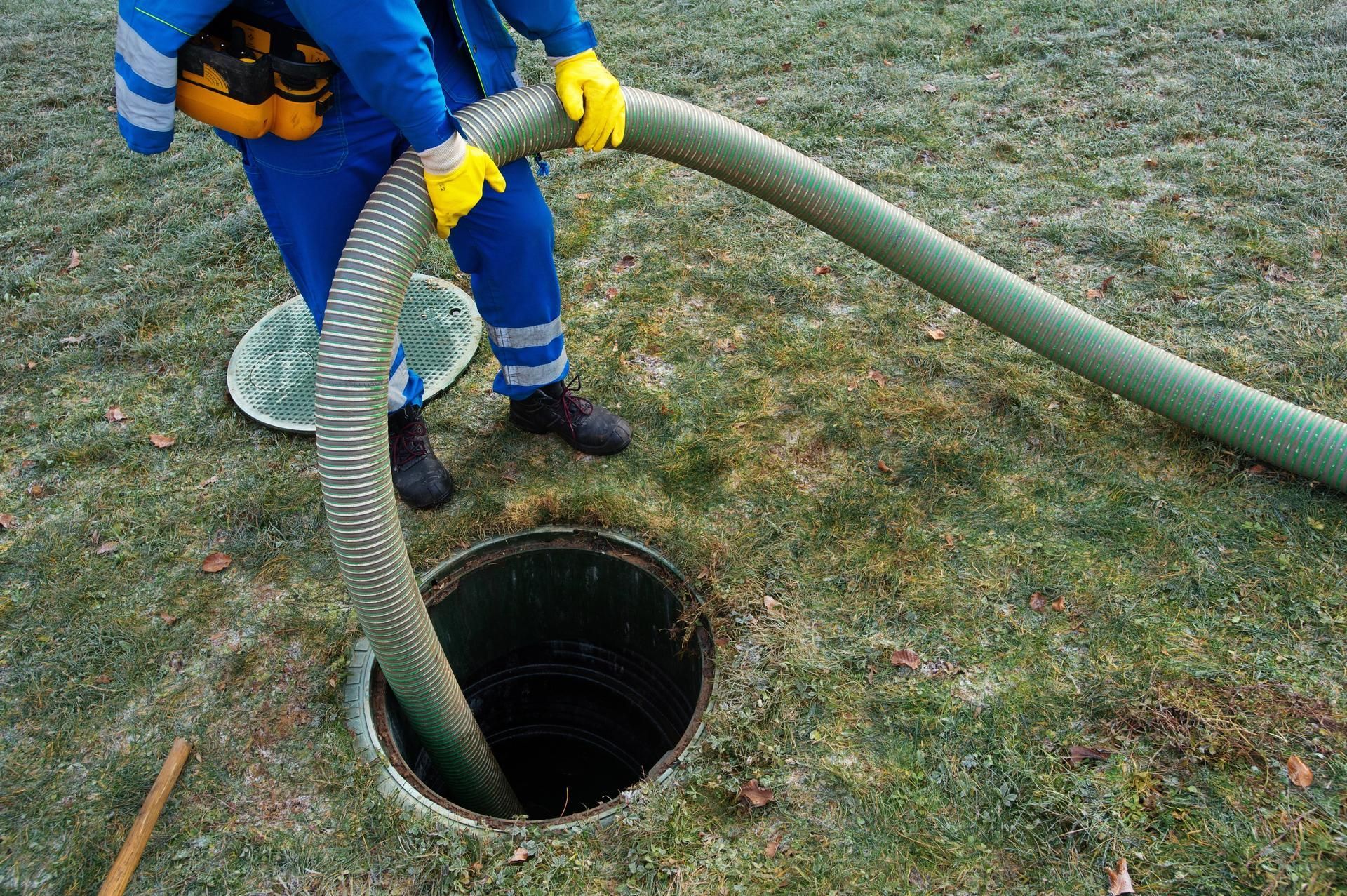5 Frequently Asked Questions About House Re-Piping
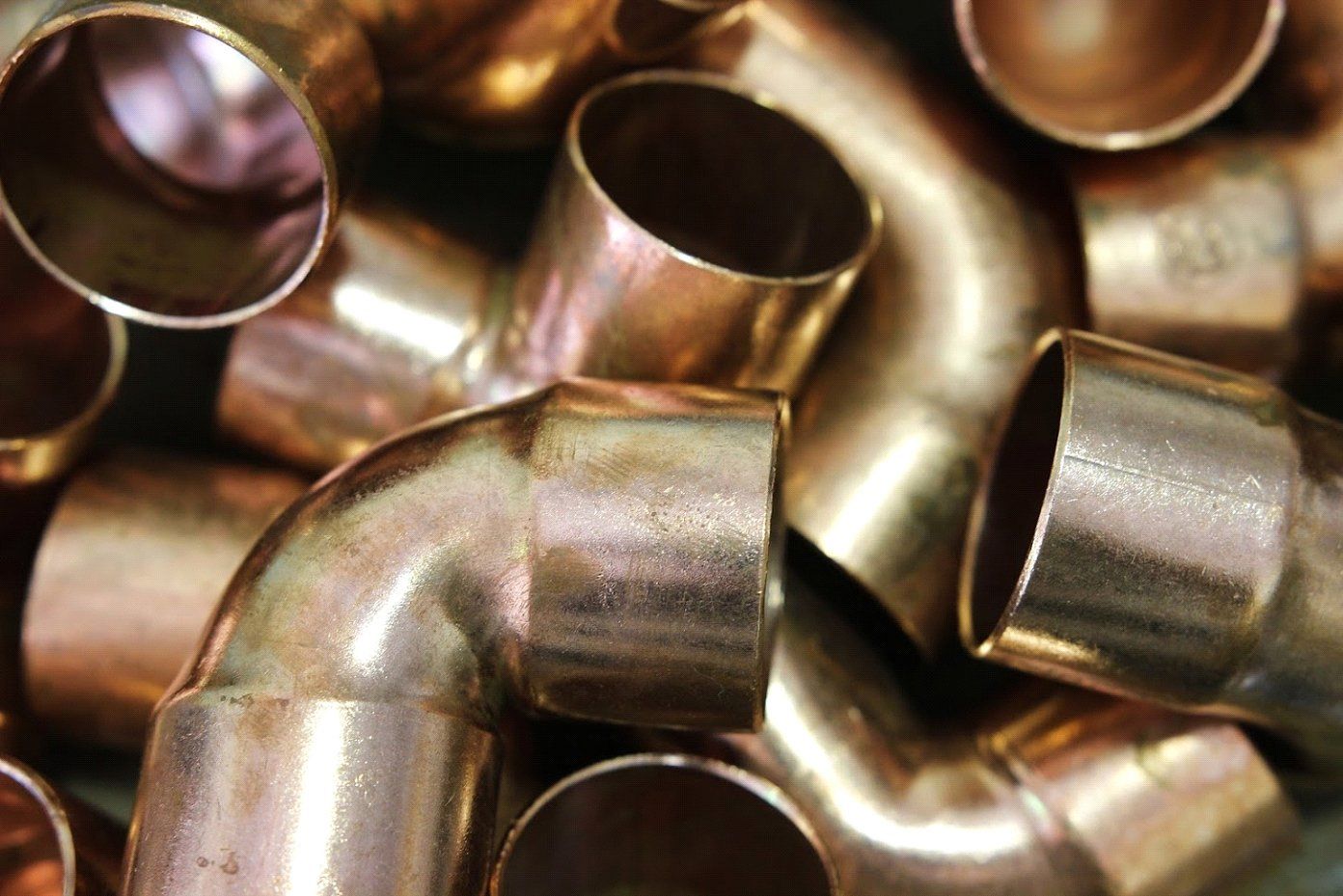
Re-piping is sometimes the only way for homeowners and building owners to avoid plumbing problems. The construction activities during re-piping can be disruptive, so preparing in advance helps. This article explores common re-piping questions.
1. When Is the Right Time to Re-Pipe?
In many cases, homeowners replace their pipes after many months of plumbing leaks. However, waiting too long can result in wood rot, structural damage, and mold. If you keep calling a plumber to fix leaks, consider re-piping. Other telltale signs include the following.
Water Discoloration
Yellow, red, or brown water usually indicates built-up rust or sediment in your pipes. If the rust is only present in hot water, the problem is likely your water heater.
Low Water Pressure
When corrosion or sediment accumulate in the pipes' interior, they reduce the water output. As a result, you'll notice lower pressure in your sinks or faucets. However, low water pressure signals various problems, so you should have an experienced plumber check for corrosion.
Age of Your Pipes
Homes over 50 years old often feature pipes of galvanized steel, cast iron, or brass. Inspect these older pipes for signs of corrosion. You should also watch out for leaks in homes constructed between the 1970s to 1990s . If your home is 20 years old, your pipes are probably in good condition, but they still need regular inspection and maintenance.
2. What Options Do I Have on Re-Piping Materials?
Traditionally, galvanized steel and iron dominated the plumbing market. While these materials were strong and durable, they were prone to corrosion after years of use. Plumbers have now turned to more efficient and durable options like copper and chlorinated polyvinyl chloride (CPVC).
A re-piping specialist will help you choose a plumbing material that suits your needs. For example, copper pipes are ideal if corrosion is your primary concern. If you want flexible pipes to maneuver through tight spaces, you can use PEX pipes. CPVC pipes suit hot water lines because they can handle high temperatures.
3. Will Re-Piping Create a Mess?
The re-piping process can turn your home into a construction site, complete with several workers, ladders, and equipment. However, experienced plumbers will protect your furniture, floor, and other items from damage and debris.
The process involves cutting out large sections of your wall, so ask your plumber whether they'll replace them after re-piping. You should also check if the project's initial estimate includes replacing the drywall.
Additionally, expect water supply interruptions for a few days. Make preparations beforehand for alternate water sources to minimize the disruption in your day-to-day life.
4. How Long Does Re-Piping Take?
Re-piping can take a few days or up to a week, depending on the size of your house. You can expect the re-piping process to take longer if you have a large home with several bathrooms. For minimum disruption, your plumber can do the work in parts, in which case you don't have to
leave your residence. What's more, experienced plumbers are quite efficient, and they re-pipe your house in the shortest time possible.
5. Why Should I Re-Pipe My House Instead of Fixing Leaks?
Welding or patching leaks are standard solutions to plumbing problems. If you want to save money, you'll probably replace a small section of the system. However, these are short-term solutions as larger leaks are probably brewing somewhere in your home's plumbing. Re-piping deals with leaks once and for all by replacing your damaged pipes with more durable ones.
Frequent clogs, leaks, and rust-colored water often indicate the need for new pipes. Contact us at Michigan Plumbing today for a modern, durable, and cost-efficient pipe system.

